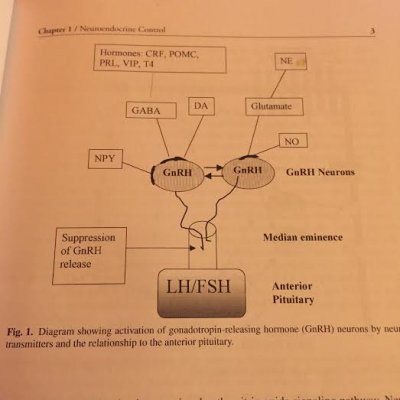Sean Mosher
Member
Is there any correlation between long-term and/or heavy opiate use and low testosterone?
Studies to prove/disprove?
Studies to prove/disprove?
I find this very interesting, someone very close to me is trying to recover from his heroin addiction. Maybe it's impossible for he's beem trying for over 10 years. I just showed him this post. thanks for posting.

Right on point Nutpuncher. Recovery is long, and dosnt really end for someone who has experienced an addiction. Treating testosterone levels prior to WD would have some benefit, but you bring up a solid point in that first and foremost the person MUST be committed to coming off. Not because someone makes them, not because they are court ordered, but because they really want off the drugs. It will take discipline, commitment, and will be painful...but he/she will survive as many many people successfully recover from all kinds of opiate addictions.
Vince, email me at [email protected] if you would like to discuss this. Anyone can email me if they need help with this subject.
I was on prescription pain medicine for 13 years because of a back injury. Mostly oxycodone, but also fentynil and oxycontin. Last 7 or 8 years was at 180mg a day. Gets to the point that it doesn't do anything for you and you have to take it just to keep from getting sick.
Got off of it on my own about 16 months ago. Went through 2 weeks of a living hell. 4 weeks before I could go back to work part time. Still not right, but trt has helped.
I think most of the docs out there prescribing this stuff don't even realize what it does to a person.
I remember years ago when they came out with oxycontin, and the drug companies were promoting it as a non addictive pain killer. Turns out that's one of the most addictive of them all.
I disagree. Hypogonadism makes EVERYTHING more difficult.Just be careful that t injections don't bring on a relapse. Your friend might be better off going to a methadone clinic or go to a doc and get on suboxone to get his/her life stable and then start TRT. Too many variables will overwhelm him/her.
It took me almost 5 years to recover from my 10+ year addiction.
I disagree. Hypogonadism makes EVERYTHING more difficult.
TRT also decreases inflammation, and increases pain threshold. Important parts of recovery.
And congrats on your success!!!!
Oh...I know....sometimes when I take that bottle of test cyp out, to give a patient a shot, it catches me "just right'. LOLThank you. Change is not easy.
What I meant to say is that a heroin user has a strange but to them a special relationship with syringes and needles. A testosterone injection may cause a relapse even though its test and not herion. I feel strange whenever I see opiate pain killer in front of me. I almost have an anxiety attach because I don't want anything to do with it, but part of my (recovering addicted) mind would suggest that if I take it, I will feel so much better. I should have worded it better.
Its an honor to chat with you.
I was on prescription pain medicine for 13 years because of a back injury. Mostly oxycodone, but also fentynil and oxycontin. Last 7 or 8 years was at 180mg a day. Gets to the point that it doesn't do anything for you and you have to take it just to keep from getting sick.
Got off of it on my own about 16 months ago. Went through 2 weeks of a living hell. 4 weeks before I could go back to work part time. Still not right, but trt has helped.
I think most of the docs out there prescribing this stuff don't even realize what it does to a person.
I remember years ago when they came out with oxycontin, and the drug companies were promoting it as a non addictive pain killer. Turns out that's one of the most addictive of them all.